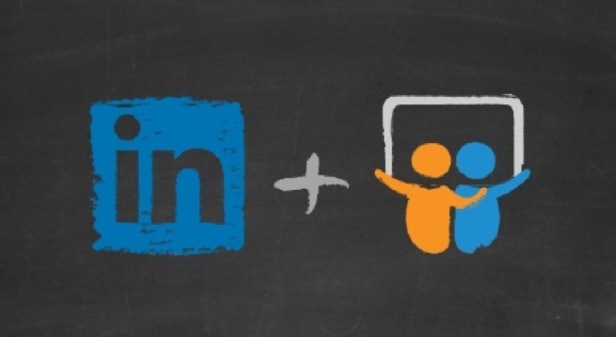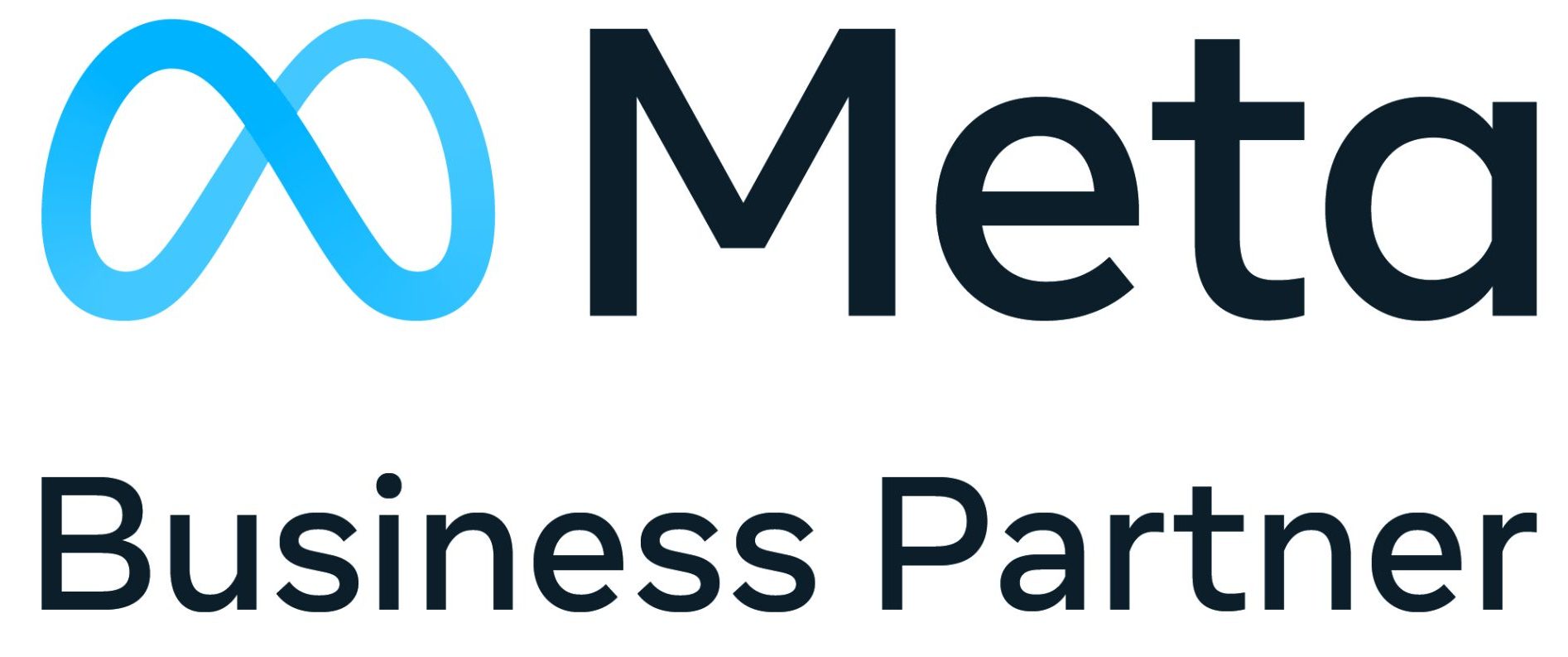Although most people had never heard the term “infographic” in 2008, it wouldn’t be long before the wonderful little picture explainers would revolutionize content marketing — and for good reason.
Infographics show information instead of telling it. They are fun. They are compelling. They are easy to digest. They are shareable. They make a direct appeal to the human brain’s insatiable craving for visual learning.
A (Really) Brief History of Infographics
Early humans created the first infographics on cave walls 30,000 years ago in modern-day France and Spain, using pictures of animals to convey data about hunting. But the real genesis of infographics can be traced to 1992, when Microsoft released PowerPoint version 3.0. Although installing and using the software was only slightly easier than killing saber-tooth cats with spears, regular people could now create compelling digital graphics without a design team.
By the start of the second decade of the 21st century, content was king, and infographics were the kings of content. The use of images to convey data had grown by 9,900 percent between 2007 and 2013 — a year that saw infographic production rise by one full percentage point every single day.
Content marketing had reached its pinnacle — everyone loved infographics.
But as our cave-dwelling ancestors learned all too personally, a newer, better, more highly evolved version is always just around the corner. In 2013, Forbes called Slideshare “the quiet giant of content marketing.”
Slideshare: Infographics — and So Much More
Forbes had a point.
Slideshows give you all the best qualities of infographics. They present information visually, instead of through boring text. They can reduce enormous swaths of complicated information down into digestible chunks. They are easy to create (again, thanks PowerPoint!) easy to share, they drive traffic and people naturally retain their visual content.
But compared to flat, static infographics, Slideshare presentations are just so … well … alive.
Purchased by LinkedIn in 2012, Slideshare quickly evolved into an important business tool. Today, Slideshare receives 500 percent more traffic from businesses than YouTube, Facebook and LinkedIn. Mobile views jumped 223 percent in just one year between 2013 and 2014, and 20 percent of Slideshare visitors arrive there directly from Google searches.
It is also far more comprehensive, versatile and all encompassing. With Slideshare, you can incorporate webinars, presentations, videos, documents, PDF files and, of course, infographics. So you don’t have to give up your first content marketing love just yet — but you might, once you feel the power of slideshows.
Slideshare presentations today are doing to infographics what infographics did to plain text articles — making them look like they belong in a cave.











